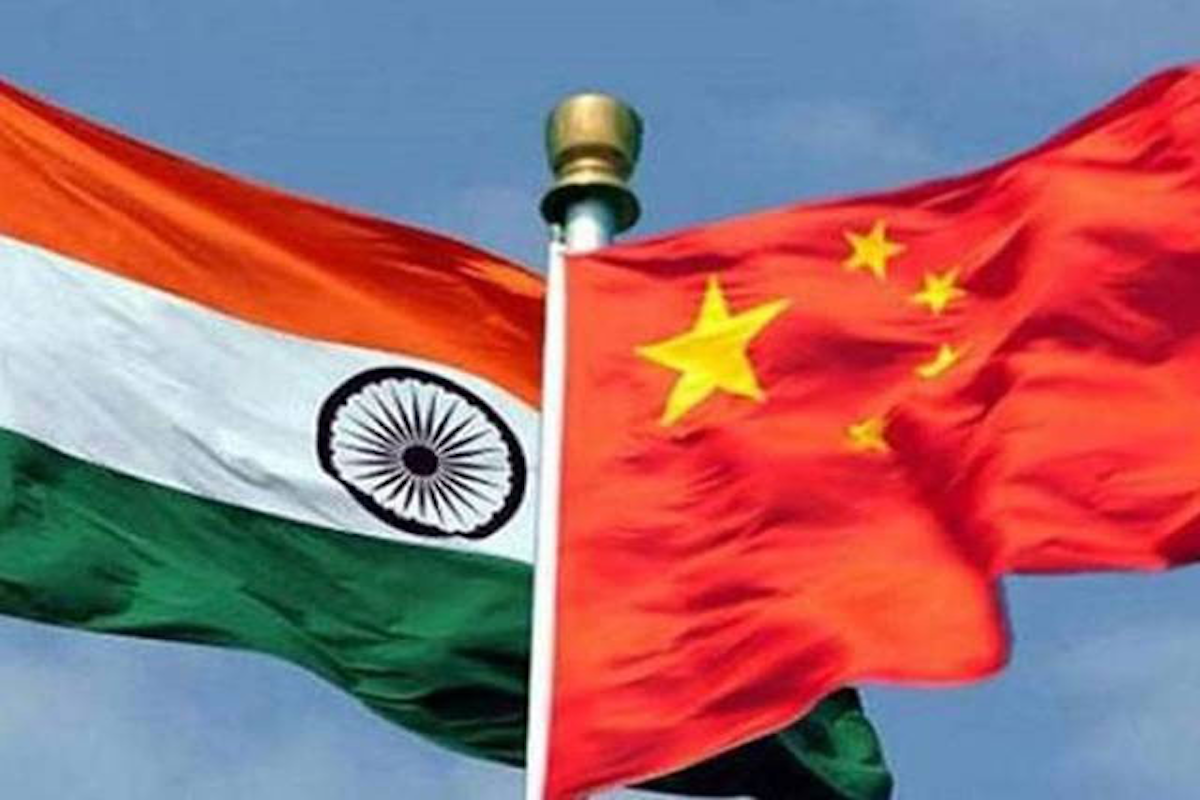At the 16th India-China senior military commanders meeting tomorrow, India will stress the importance of the 10 kilometre no-fly zone convention along the Ladakh Line of Actual Control (LAC), while also seeking the withdrawal of forward deployed PLA troops at patrolling point 15 (Khugrang Nullah).
Since the Chinese Army restored the April 2020 status quo ante at Gogra-Hot Springs in August 2021, there has been no movement in the PLA disengagement. The decision to hold senior military commanders talks at Chushul on the Indian side on Sunday came after External Affairs Minister S Jaishankar raised the issue of boundary resolution with Chinese Foreign Minister Wang Yi in a meeting on the sidelines of the G-20 Foreign Ministers on July 7 in Bali.
Advertisement
While observers in Beijing are optimistic about tomorrow’s meeting, the Chinese withdrawal from PPT 15 will be difficult because the current PLA deployment is on the shortest route between Gogra-Hot Springs and the Galwan sector. PPT 14 (Galwan), 15 (Khugrang), 16 (Hot Springs), and 17 (Gogra) are located on the banks of the Khugrang Nullah and Chang Chemmo River, which are tributaries of the Shyok River.
Although South Block is keeping quiet about the upcoming talks, it is clear that the issue of a Chinese J-10 fighter violating the no-fly zone and flying over the friction points will be raised by the Indian side, as this is against established protocol.
A Chinese aircraft breached the Indian perceived LAC and flew over the friction points for a few minutes in the last week of June. The PLAAF fighter was detected by Indian radars, and Indian fighters were launched to repel or intercept it. Clearly, the PLAAF aircraft was attempting to earmark the Chinese perceived LAC by violating the no-fly zone and escalating tensions in an area where both sides have three divisions of troops deployed.
The current standoff in the Ladakh sector began on May 5, 2020, when the Chinese PLA crossed the Pangong Tso in large numbers, in violation of all established and agreed protocols and agreements, in an attempt to draw a rejected 1959 Line defining the Chinese perception of the LAC.
While the Chinese army continues to drag its feet on disengagement from the LAC, the Indian side is also not in a hurry and has the staying power to ensure that the PLA does not unilaterally change the status quo all along the 3488 km LAC.
The Indian Army is seeking not only disengagement from the PPT 15 friction point, but also the restoration of patrolling rights in the Depsang Bulge in the Daulet Beg Oldi (DBO) sector and the Charding Nullah Junction in the Demchok sector.
India supports the continuation of military talks with China to resolve friction points, and has made disengagement the primary condition for restoring normalcy in relations with the Xi Jinping regime. China, on the other hand, prefers that friction points be resolved concurrently with the restoration of bilateral ties with a focus on economic cooperation.











